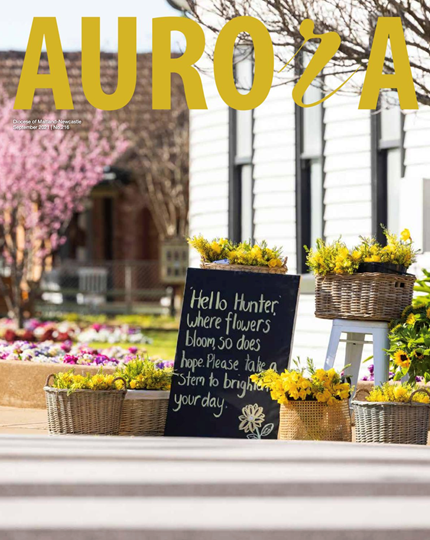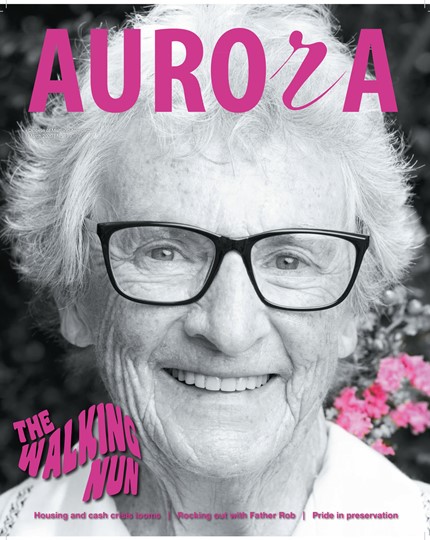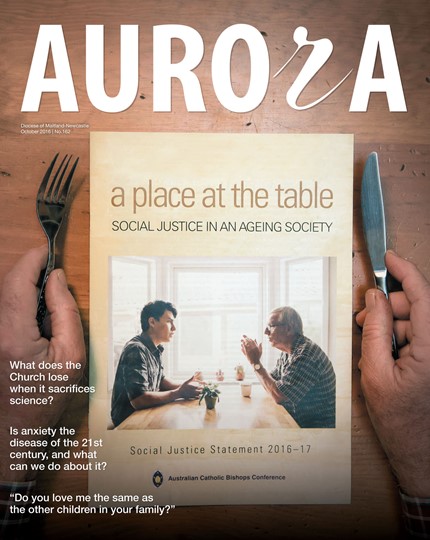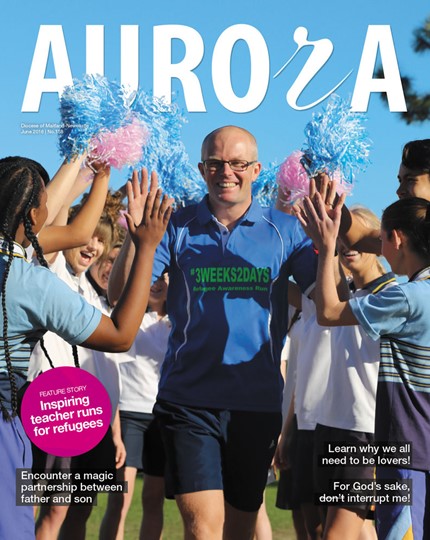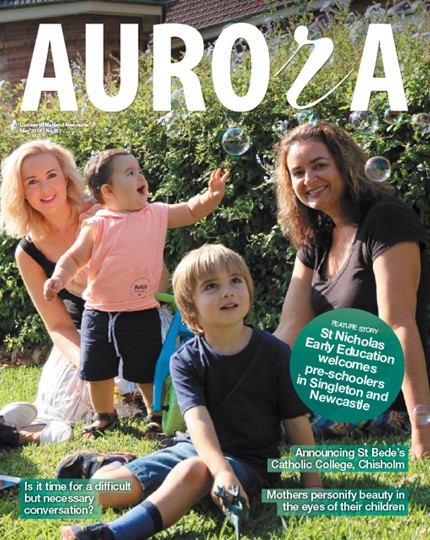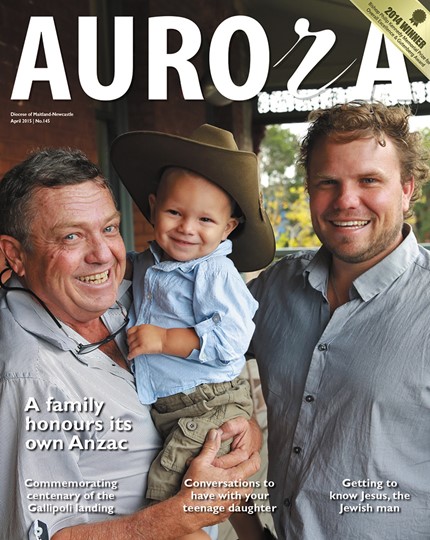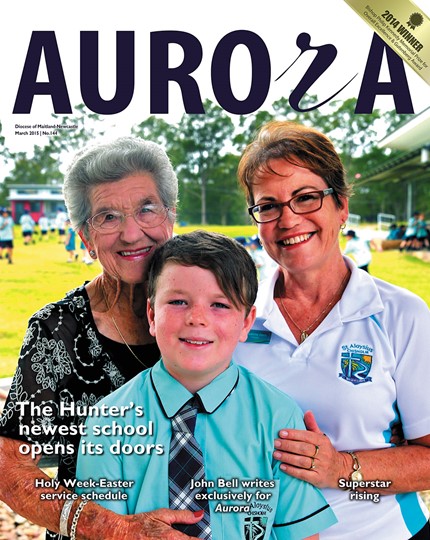As we tick into March, periodic lockdowns and unpredictability continue to rule over us, dictating areas of our lives that we previously took for granted as everyday freedoms, like where we go, who we see and what we do. And as it becomes clear that the much-anticipated vaccine rollout is not the silver bullet solution we hoped for, it’s no wonder that as the crisis response wears off, fatigue sets in.
Some of us have lost loved ones, lived with job security issues, experienced the relationship strains intrinsic to being confined to close quarters with others, financial problems, and so on. Overwhelm, frustration and perhaps a level of desensitisation to unfolding events, are some normal feelings in response to this kind of prolonged stress. Not to mention the productive guilt – social media and news mediums are a constant reminder that while Shakespeare managed to write King Lear in lockdown during the bubonic plague, I’ve only smashed a few Netflix series binge sessions from the couch in the life and times of COVID-19.
But when does understandable fatigue and related despondency cross over into a condition known as burnout, which has a more serious impact on our ability to take care of ourselves and do the things we know will safeguard our mental and physical well-being?
Herbert Freudenberger is credited with coining the term “burnout” in 1974. His book, Burnout: The High Cost of High Achievement, defines the condition as, “the extinction of motivation or incentive, especially where one's devotion to a cause or relationship fails to produce the desired results”. In ensuing years, Freudenberger’s theory has been applied to workplace stress and employee engagement, but there are lessons we can draw on that apply to current experiences; particularly in recognising burnout related to the pandemic and strategies to mitigate a longer-term impact.
Symptoms of burnout to look out for are prolonged experiences of exhaustion, cynicism, and irritability. Other signs include avoiding previously pleasurable activities, difficulty concentrating, and sleep disruption – difficulty getting to sleep and staying asleep. Physiological symptoms include headaches, and gut and bowel issues. Another telltale sign is relying on unhelpful coping mechanisms such as alcohol, cigarettes or drugs/medication in a way that negatively impacts functional capacity.
Following are some tips to manage pandemic burnout symptoms.
- Prioritise self-care. Eat well, exercise and make time for mindfulness and rest. This sounds obvious, but these are the basic pillars that enable our sustainability and are also some of the first areas we neglect in a stress response.
- Focus on control. Many aspects of the pandemic sit outside our control. Focusing on what is within your circle of influence can provide a sense of agency. Consider the aspects of your life over which you have control – your choices, your behaviour, your actions – and attend to those. The world does not happen to you, you happen to the world.
- Lower your expectations. It’s OK that we’re not all producing master works or achieving our stretch goals at the moment. Setting realistic and agile goals, that can be adjusted to suit the constant changes, will help reduce some of the pressure.
- Turn to others. A sense of isolation correlates with increased vulnerability to burnout. Talk to your people for connection and to normalise your experiences. Sometimes, speaking to an objective person outside your immediate network can also assist in addressing burnout symptoms. A psychologist can also assist. Beyondblue has set up a Coronavirus Mental Wellbeing Support Service on 1800 512 348.
















